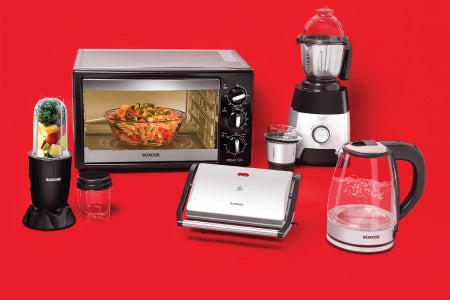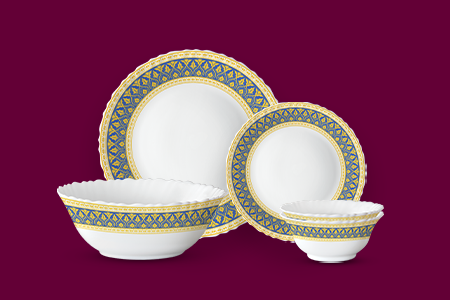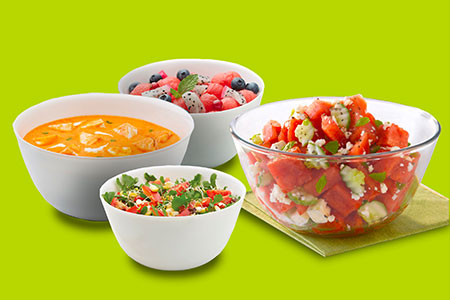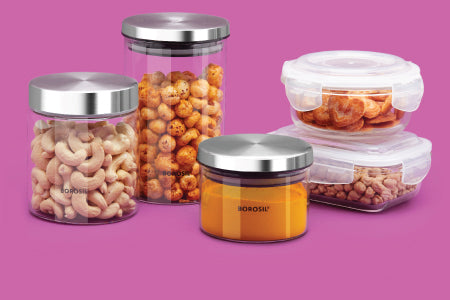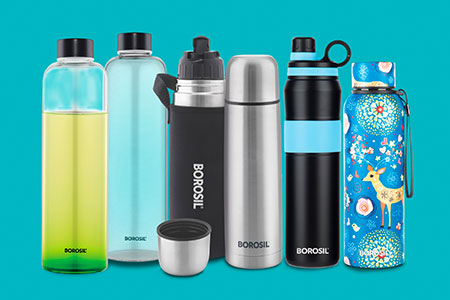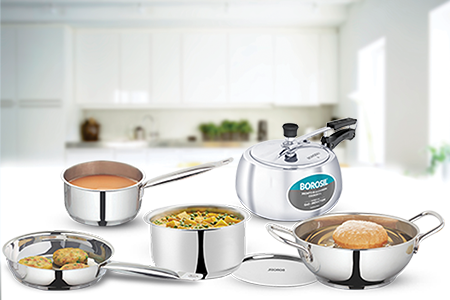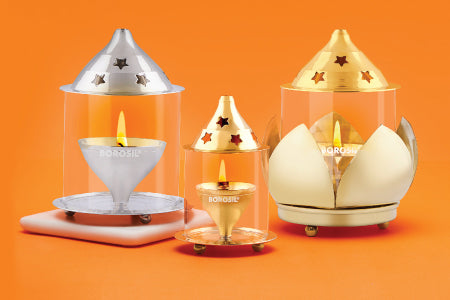
Dining Table Etiquettes
Table Manners: Your 101 Guide To Dining Etiquettes
Table manners have evolved over centuries, focusing on making group dining more presentable. More than what you eat, it is all about how you eat. Because most people have a busy lifestyle and eat alone at odd hours, it is hard for them to know the right dining etiquette. As an adequate help, here is a comprehensive guide with all the basics and essentials you must know.
Pre-Dining Etiquettes
Before you carry on with the various rules and regulations related to table manners, here are some pre-dining etiquettes that you need to know.
Respond To Your Invitation
A quick email, RSVP return card or phone call will help your host know whether you will attend the event. For a fact, even if it is a casual dinner invitation, responding to the same is a duly respectful action.
Plan To Get Your Host A small Token Of Thanks
Showing up empty-handed to an invitation is a big NO! Whether attending an intimate dinner or a large gathering hosted by a single host, you must always carry a gift along. On occasions when your company invites you for dinner after an award ceremony, things can be different.
The Basics Of Table Manners
When discussing table manners, multiple rules are involved, and it is always great to start with the basics. Whether dining socially or alone, these rules will help you collect all those brownie points of a sophisticated diner.
Maintain A Positive Body Language While Dining
When dining socially, you will come across other guests invited to the dinner, and as a good guest, try to maintain your calm and social manners at the table. Even if you are too introverted for the chatty aunt sitting next to you, as a gracious guest, it is always the best option to accommodate the circumstances.
Chew Your Food With Mouth Closed
The second in the list of basic table manners, is that you should always chew with your mouth closed. Ensure to chew your food with your mouth closed. So that the guest seated opposite feels comfortable with you at the table. Take small bites, as too much food will open your lips while chewing.
Never Speak With Food In The Mouth
Little habits do matter. Never speak with food in your mouth. In the first place, no one wants to see what you are chewing, and secondly, it is embarrassing as bits of food flying from your mouth land on others' plates. So, until you finish chewing, do not try to answer any questions.
The Essentials Of Table Manners
While the basics are a must to focus on, the essentials will help you amp up the overall dining experience.
Say No To The Use Of Smartphones
As part of table etiquette rules, you must refrain from using smartphones and laughing over the screen. As such, an act can disturb the flow of conversation among other guests sitting nearby.
Use The Napkin Provided
The second step, in the rule book of etiquette dinners, is to use the napkin provided. Put it on the lap throughout the entire meal. Under the circumstances, when you have to leave the table in the middle of the dinner, place your napkin on the left of your plate or the chair. It will help the server to understand that you will be returning.
Focus On How You Use The Cutlery
When too many plates and cutlery items are placed on the table, always remember to start from the outside and then gradually work yourself in. For example - if you have a spoon and a fork, start with the spoon to have your soup and then use the fork for the noodles. Once you finish the meal, place the spoon on the plate/bowl, not the table.
Adjust Yourself With The Different Cutting Styles
Especially useful when attending an international dinner with multiple guests from different parts of the world. As part of table manners, you have European or Continental-style cutting and American-style cutting techniques. In American style, you need to cut the food portion with your right hand and hold it with your left hand. Then you need to switch and have your food with the right hand. In European style, you cut the food with the right hand and hold and eat it with the left hand. Choose your cutting and eating style based on the norms made mandatory at the table.
Post-Dining Habits Are Equally Important
Like pre-dining table manners, working on your post-dining etiquette is equally important.
1. When your host has placed their napkin on the table, it marks the end of the meal. Likewise, you should also place your napkin on the table.
2. Once you have finished your meal, leave the plates as they are. Do not push them away from you or stack one over the other.
3. Place your knife and fork diagonally on the plate. Pointing at 10:00 and 4:00 as per the clock face.
4. Always thank your host for inviting you over and preparing such flavourful dishes.
Conclusion
It is important to abide by certain rules in a social gathering; table manners are likely the most important after your communication skills. The conditions involved do keep on changing from one culture to the other. However, to earn yourself a place on the list of the most friendly guest, you must consider the basics, and the rest will follow.
Frequently Asked Questions
1. Why is table etiquette important?
Your table manners are always a great opportunity to make a good impression in front of fellow diners. Formal institutes like universities and offices host annual dinners, which require you to abide by the rightful etiquette on the table.
2. Who started dining etiquette?
The earliest evidence of dining traditions dates back to the reign of the Ancient Greeks. Archaeologists have found excerpts regarding table settings in the Old Testament and within the writings of Homer.
3. Why is dining etiquette important?
With proper table manners, you will find it easy to be a part of any social dining experience and gel up with your fellow invitees without any problem.

